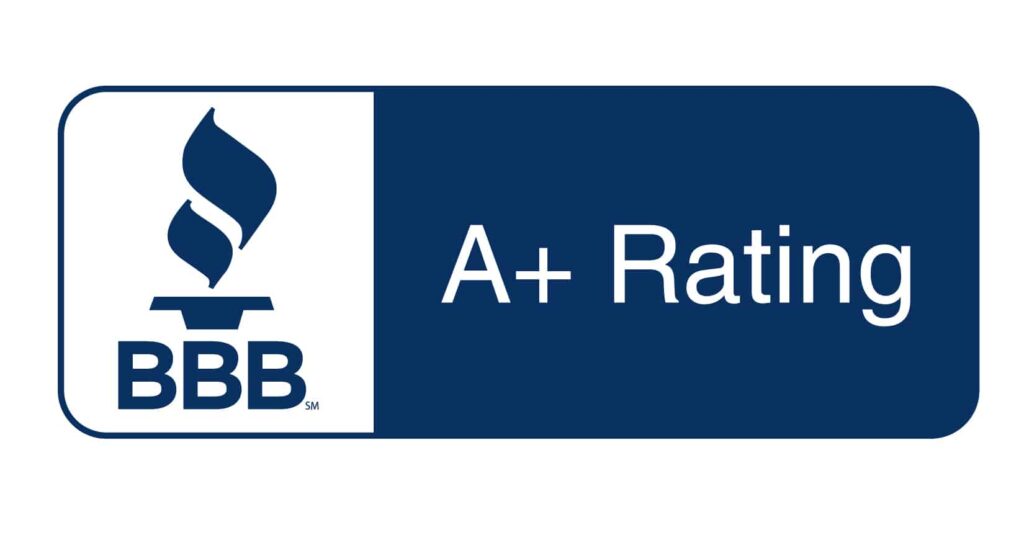What is Roof Ventilation and How Does it Work?
Roof ventilation is a system designed to ensure continuous airflow between your attic and the outside environment. It works on the simple principle of physics: hot air rises. As the hot air from your home rises to the attic, a well-designed ventilation system allows it to escape, replaced by cooler outside air. This circulation helps maintain a balanced temperature and moisture level in the attic.
There are two types of vents in a typical roof ventilation system: intake vents, located along the lowest eave of your roof, which let in fresh air, and exhaust vents, placed near or at the roof peak, which release the hot, moist air. This combination fosters a steady stream of air circulation, reducing heat and moisture buildup in your attic.
Common Mistakes in Roof Ventilation
A well-ventilated roof is crucial, but not all ventilation systems are created equal. Here are some common mistakes we’ve seen:
Insufficient Ventilation: Many homes, especially older ones, simply lack enough vents. This can lead to poor air circulation and subsequent issues.
Improper Vent Positioning: For ventilation to work effectively, intake and exhaust vents must be properly positioned to allow air to flow smoothly. Misplaced vents can cause stagnant pockets of air, defeating the purpose of ventilation.
Mixing Vent Types: Using different types of exhaust vents (such as box vents and ridge vents) on the same roof can disrupt airflow and potentially draw moisture into the attic.
The Damages from Improper Ventilation
Poor roof ventilation can lead to a multitude of problems, including:
Heat Damage: Without adequate ventilation, heat can build up in the attic, causing shingles to prematurely age and warp.
Moisture Buildup: Inadequate ventilation can lead to condensation buildup in the attic, leading to mold growth and wood rot.
Ice Dams: In colder climates, poor ventilation can result in uneven roof temperatures, leading to ice dams that can damage your roof and gutters.
Increased Energy Costs: Without proper ventilation, your home’s HVAC system has to work harder to maintain a comfortable temperature, leading to higher energy bills.
Types of Ventilation Systems and Choosing the Right One
Several types of roof ventilation systems exist, and the best choice depends on your home’s design, climate, and specific needs. Here are a few options:
Ridge Vents: These vents run along the peak of your roof, providing consistent exhaust ventilation. They are best paired with soffit vents for intake.
Box Vents: These static vents are installed into the roof and allow hot air to escape due to natural convection.
Turbine Vents: These vents use wind power to pull hot air out of the attic.
Gable Vents: Installed in the walls of the attic, these vents allow for cross ventilation.
Soffit Vents: Located under the roof’s overhang, these serve as intake vents, drawing in cool air.
Choosing the right ventilation system requires a thorough understanding of your home’s structure, local weather patterns,and attic size. At Impact Roofing and Remodeling, we are dedicated to helping homeowners make an informed choice, taking all these factors into account. We perform an extensive inspection and provide tailored recommendations to ensure a well-balanced, efficient ventilation system for your home.
Conclusion
Roof ventilation is far more than just a technicality in the roofing process—it’s a vital aspect of home care. Proper roof ventilation safeguards the durability of your roof, enhances the energy efficiency of your home, and promotes a healthier living environment by preventing mold and moisture buildup. However, achieving effective ventilation requires avoiding common errors, understanding the potential damages of improper ventilation, and selecting the appropriate system for your home.
At Impact Roofing and Remodeling, we understand the nuances of roof ventilation and are committed to providing our clients with top-notch, personalized solutions. We believe in not just building roofs, but creating homes that are safe, comfortable, and long-lasting. Contact us today to learn more about our roofing and ventilation services and how we can help make your home the best it can be.
Remember, a well-ventilated roof isn’t just a good-to-have—it’s a must-have. So let’s breathe life into your home with proper roof ventilation!




